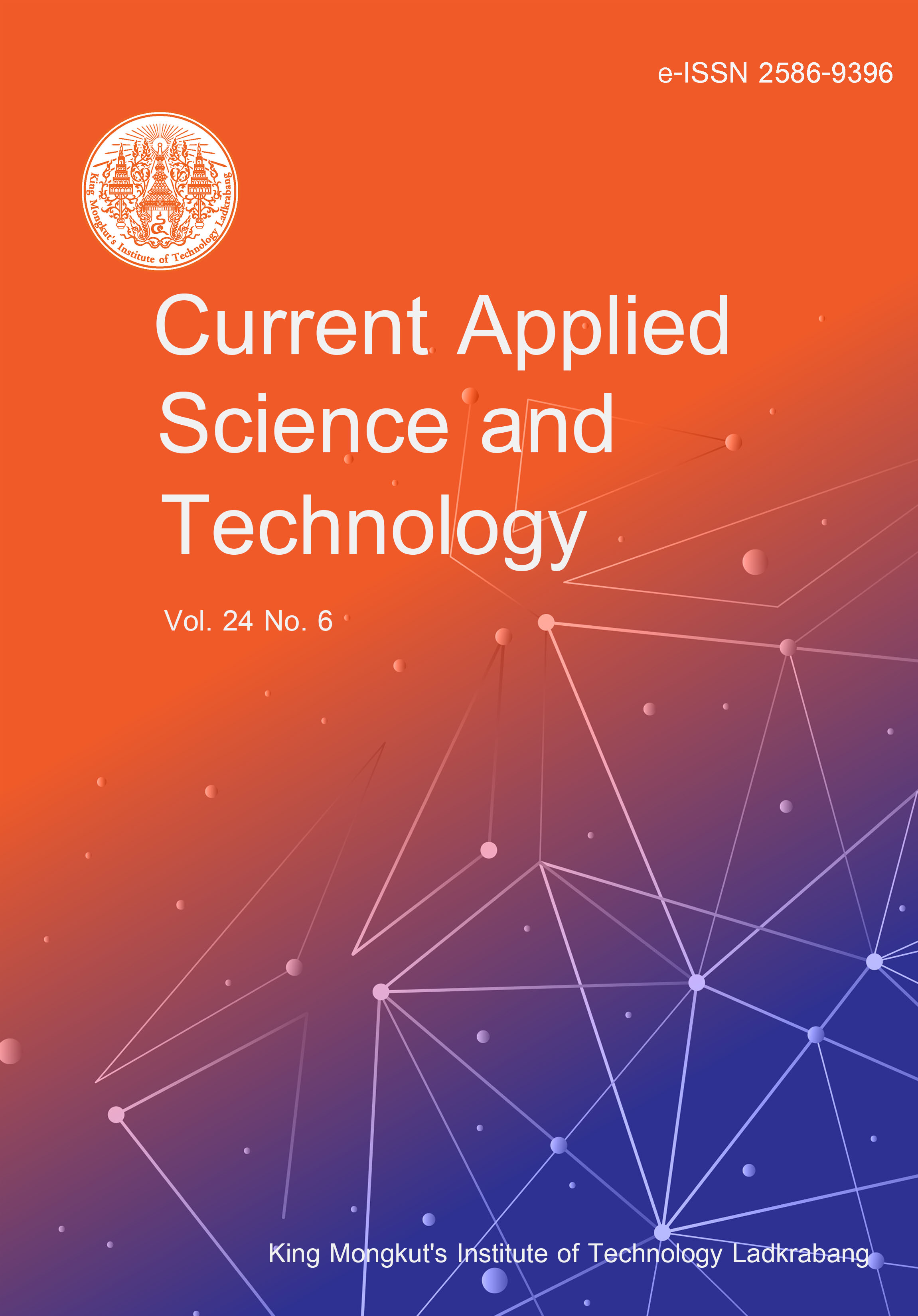In this study, surfactant-free quaternary copper zinc tin sulfide (CZTS) nanostructures were successfully synthesized using two different chalcogen/sulfur precursors by hydrothermal method. The effects of different sulfur sources such as thiourea (TU) and thioacetamide (TAA) on the structural, functional, and morphological properties were investigated. XRD analysis revealed that pure phase of kesterite CZTS nanostructures were found at higher concentrations of thiourea. Raman studies proved the existence of the phase purity of CZTS at TU-10. Morphological investigation of CZTS nanostructures showed different morphologies such as spherical-like, rose flower-like, and plate-like structures, at different concentrations of thiourea. Structural and morphological studies confirmed that the formation of single-phase CZTS nanostructures was possible at higher concentrations of TU. HRTEM analysis of CZTS TU-10 confirmed that the lattice value of 0.31 nm corresponded to the (112) plane and the SAED pattern exhibited a polycrystalline nature. EDS mapping of CZTS nanostructures confirmed its uniform distribution. The optical bandgap of CZTS TU-10 was found to be 1.52 eV. XPS results revealed Cu2+, Zn2+, Sn4+, and S2- oxidation states for CZTS TU-10. Cyclic voltammetry of CZTS TU-10 showed the pseudocapacitive nature and the specific capacitance of 389 Fg-1 at 10 mV/s. Furthermore, the photocatalytic activity of the surfactant-free CZTS TU-10 nanostructures was tested using methylene blue (MB) and crystal violet (CV) degradation under visible light irradiation, and the maximum photodegradation efficiencies achieved were at 89% and 93%, respectively, at 70 min. Furthermore, antibacterial studies confirmed that CZTS TU-10 nanostructures produced a high zone of inhibition against Vibrio parahaemolyticus. The results implied that the CZTS nanostructures could be considered efficient for energy storage and photocatalytic application.
Selvam, M. undefined. ., Anbuselvan, S. ., Srinivasan, N. K. undefined. ., Kannusamy, M. ., min, H. S. ., & Ganesan, S. . (2024). Synthesis of Flower-like Kesterite Cu2ZnSnS4 Nanostructures using Different Sulfur Sources and Applications. CURRENT APPLIED SCIENCE AND TECHNOLOGY, e0260708. https://doi.org/10.55003/cast.2023.260708

